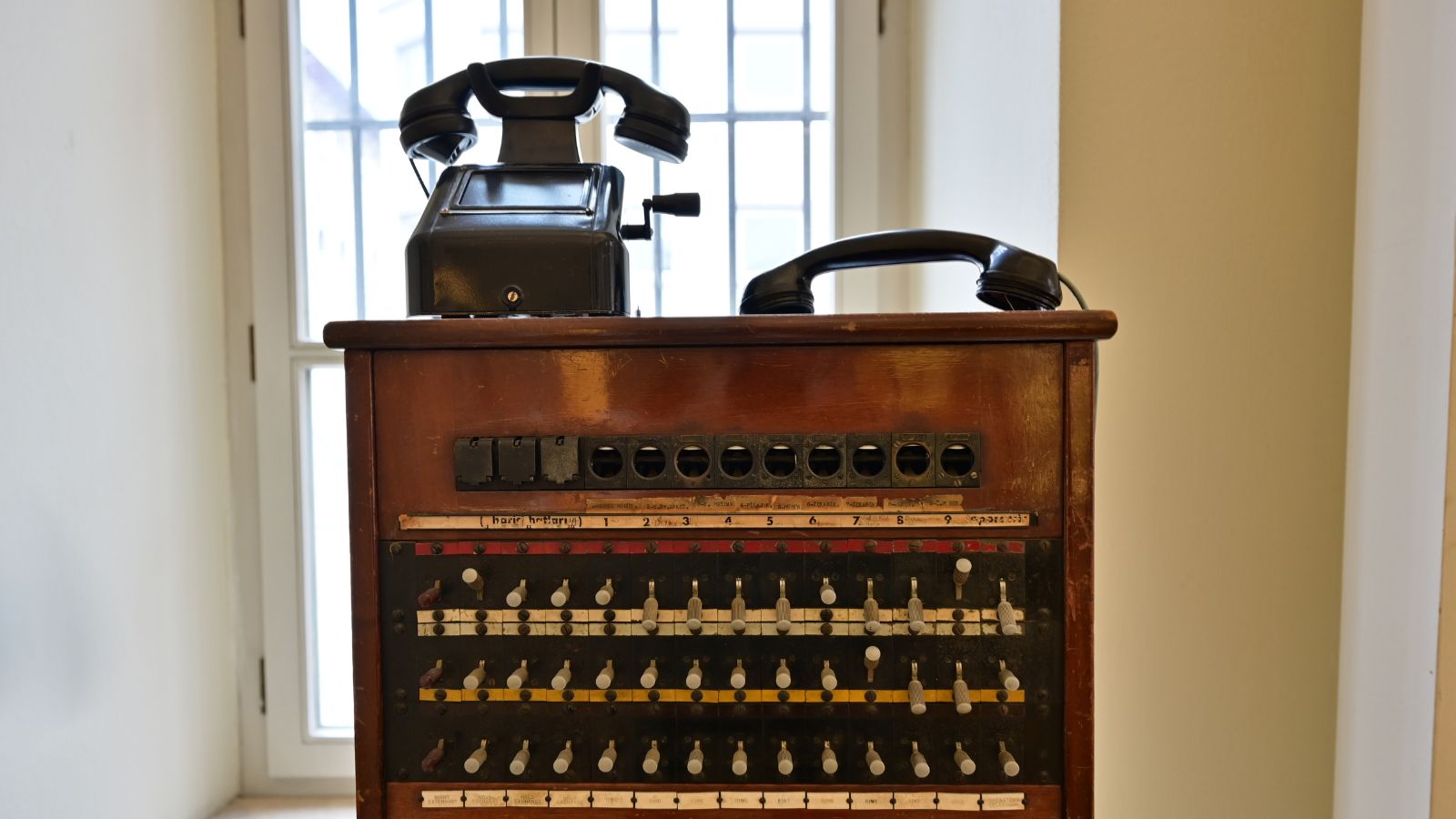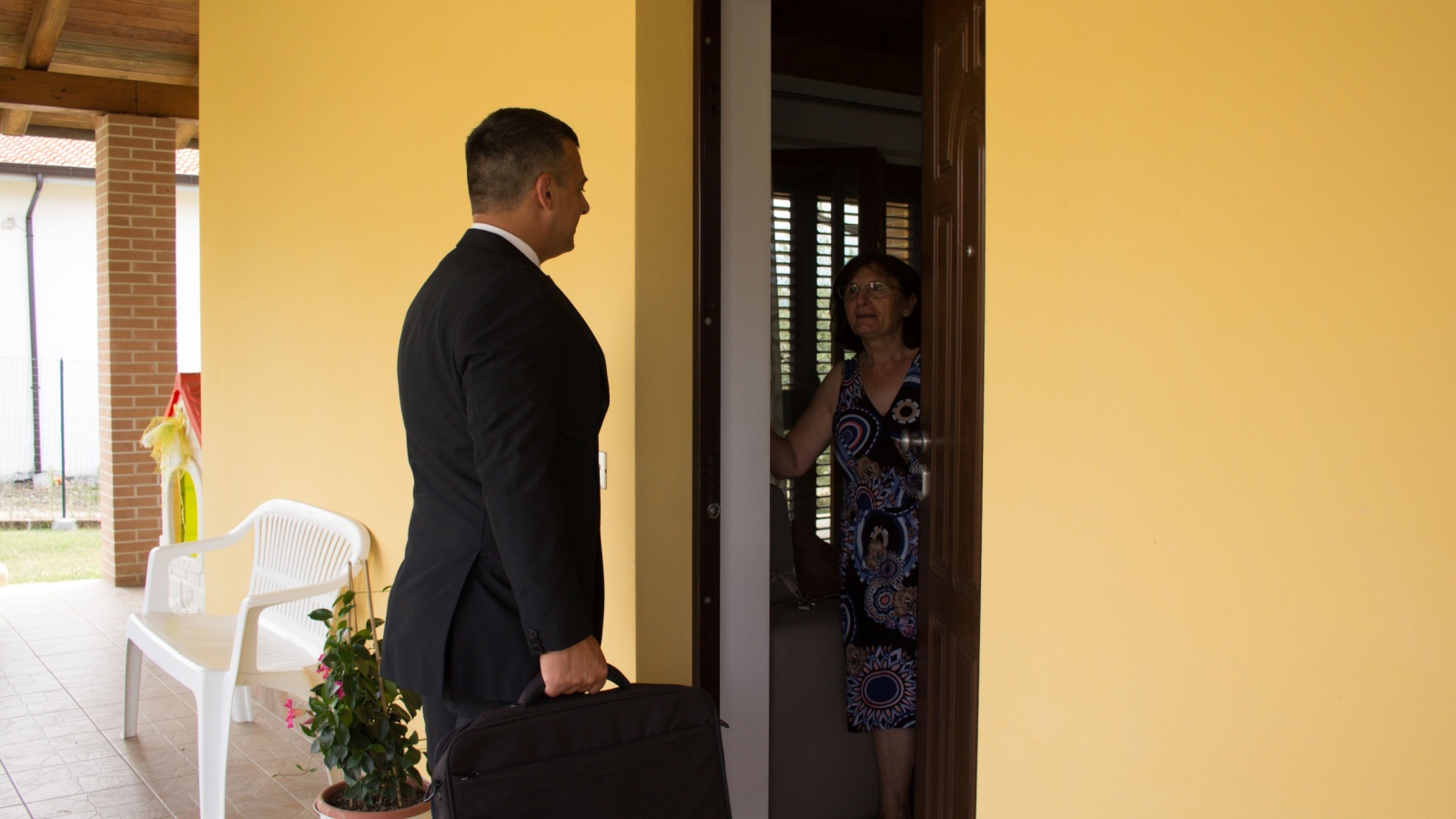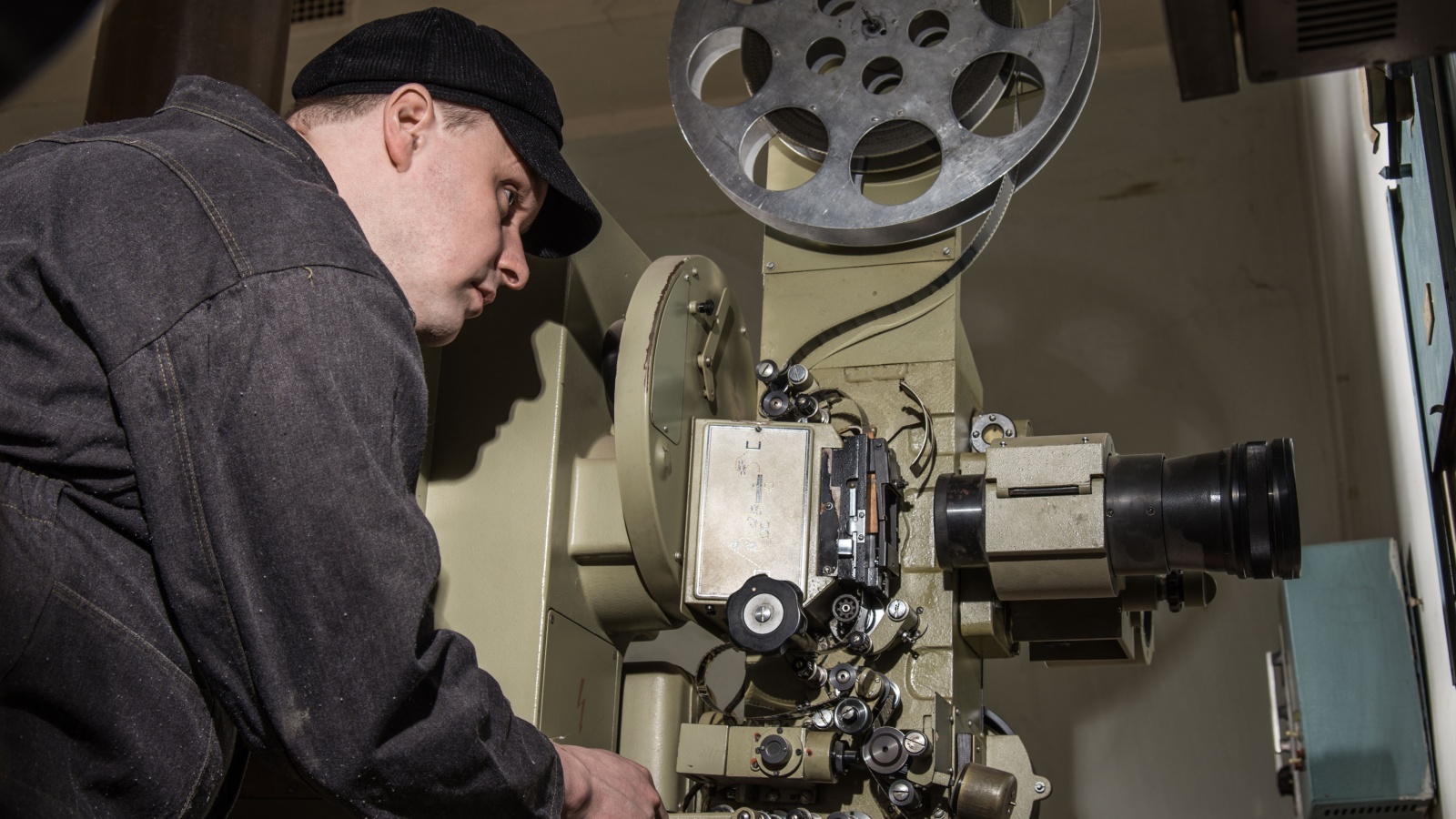In Canada, technological innovation, globalization, and automation have retired many once-thriving roles. From railway telegraphers tapping out Morse code to milkmen clinking bottles at dawn, these careers defined eras of community and craftsmanship. Here are 18 Canadian jobs that no longer exist.
Milkman

Before refrigerators were common, the milkman was a trusted face on early morning routes. He delivered glass bottles of milk to doorsteps across towns from Vancouver to Halifax, collecting empties and exchanging friendly chatter. As supermarkets expanded in the 1960s and home refrigeration became standard, the need for daily deliveries evaporated. The personal service that once defined neighborhoods gave way to mass retail convenience.
Railway Telegraph Operator

Railway telegraph operators were vital to keeping trains on schedule and preventing collisions. They used Morse code to send and receive messages that coordinated traffic across Canada’s vast rail lines. The profession required quick thinking, perfect timing, and precision; errors could be catastrophic. As radio communication and later digital systems took over, the telegraph operator’s skill set became obsolete. By the 1980s, railways had fully computerized their operations. The last dots and dashes of Morse code faded, marking the end of one of Canada’s earliest communication-driven jobs.
Elevator Operator

High-rise buildings in Toronto, Montreal, and other cities once employed uniformed attendants to manually operate elevators. These operators managed levers, reassured nervous riders, and often served as unofficial concierges. Automation transformed the role, buttons replaced levers, and modern systems made human control unnecessary. By the late 1970s, most elevator operators had vanished, surviving only in heritage hotels or government buildings for ceremonial purposes. What was once a symbol of elegance and trust became an early casualty of user-friendly design.
Ice Cutter

Before electric refrigeration, ice cutters worked through brutal winters to harvest blocks of ice from frozen lakes and rivers. These blocks were stored in insulated icehouses and shipped nationwide to cool homes and businesses. It was physically demanding and dangerous work, with frostbite and accidents being common. When mechanical refrigeration appeared in the 1920s and spread by the 1940s, the trade vanished almost overnight. The job, once crucial for food preservation, became irrelevant in an era where “ice” could be made on demand.
Switchboard Operator

The friendly voice saying “Connecting you now” was once a fixture in Canadian life. Switchboard operators manually connected phone calls by plugging cords into jacks, a job largely held by women in the early 20th century. It required patience, precision, and politeness. With the rise of automated dialing systems in the 1960s, switchboards were phased out. By the 1980s, even small-town exchanges were automated. What had once been one of the largest female-dominated professions in the country became obsolete within a generation.
Bowling Alley Pinsetter

Before machines did the job, pinsetters, often teenagers, reset pins by hand between frames. The job demanded quick reflexes and the ability to dodge flying balls. It offered pocket money and social life for young workers, especially in postwar Canada. When automatic pinsetters were introduced in the 1950s, efficiency skyrocketed, and the human pin boys were out of work. Today, it’s a piece of mid-century trivia: a mix of danger, noise, and community recreation rolled into one disappearing act.
Typist Pool Worker

Large companies once employed entire rooms of typists, all hammering away on typewriters to produce letters, reports, and memos. Accuracy and speed were prized skills, especially before photocopiers or digital editing existed. As word processors and computers entered the workplace, one skilled office typist could replace ten. By the 1990s, the typist pool, an office symbol for decades, was gone. The modern administrative assistant inherited parts of the role but with far more tech and far less noise.
Lamplighter

Before electricity brightened Canadian streets, lamplighters made nightly rounds to ignite gas lamps, ensuring towns were illuminated after sunset. Using long poles and ladders, they lit each lamp by hand, often returning at dawn to extinguish them. The arrival of electric streetlights in the early 1900s ended the profession. Cities quickly modernized, and lamplighters vanished into history. Their job represented a literal light-keeping duty, one that connected public safety to human effort in ways that automation later rendered unnecessary.
Travel Agent (Traditional Model)

Booking flights and vacations once meant sitting across from a travel agent, flipping through glossy brochures. These agents handled every detail, from visas to itineraries. The rise of online booking sites and apps like Expedia and Skyscanner changed that completely. Many small agencies shuttered as travellers began managing their own trips. While some luxury and corporate agents still operate, the traditional walk-in agency model has mostly disappeared. It’s a casualty of digital convenience that replaced personal advice with algorithms and instant price comparisons.
Newspaper Typesetter

Before desktop publishing, every newspaper relied on skilled typesetters who arranged metal letters by hand or operated complex Linotype machines. Their craftsmanship determined the layout of each page. When computers and digital printing arrived in the 1980s, the trade collapsed rapidly. Entire departments were replaced by design software. The typesetter’s art, meticulous, tactile, and noisy, was replaced by silent keystrokes. While journalism persists, the physical production of news became just another file export.
Video Rental Clerk

The 1990s saw video stores everywhere, from Blockbuster to local mom-and-pop shops. Clerks recommended movies, restocked VHS tapes, and reminded customers to “rewind.” Streaming platforms like Netflix and digital rentals wiped out the need for physical copies. By 2011, Blockbuster Canada closed its last stores. The clerk’s small-town film expertise was replaced by algorithmic suggestions. The job’s demise marked the end of an era when Friday nights meant browsing aisles, not scrolling menus.
Drive-In Theatre Attendant

Drive-in theatres boomed after World War II, and attendants managed everything from ticketing to snack delivery. Families and couples flocked to outdoor screens under the stars. By the 1980s, multiplex cinemas, cable TV, and later streaming ended the novelty. Many drive-ins closed, leaving only a handful operating in rural areas today. The attendant’s role, mixing customer service, projection skills, and nostalgia, vanished alongside the car-based movie culture that once defined summer nights.
Door-to-Door Salesperson

Selling encyclopedias, vacuum cleaners, or cookware door-to-door was once a respected profession requiring persistence and charm. These salespeople connected products directly to households across suburban Canada. As retail stores, television advertising, and e-commerce expanded, personal pitches became intrusive rather than effective. By the 2000s, only niche sectors like energy plans or charity canvassing survived. The once-symbolic briefcase-toting salesperson became a relic of face-to-face marketing in an increasingly digital marketplace.
Newspaper Delivery Kid

For decades, teenagers woke before dawn to toss rolled-up newspapers onto porches, earning pocket money and responsibility. As physical newspaper subscriptions declined and online media took over, the role nearly disappeared. By the mid-2010s, digital subscriptions outnumbered print in most Canadian cities. What was once a rite of passage for young Canadians is now a fading memory of early mornings, bikes, and bundled newsprint.
Film Projectionist

Projectionists were the unseen experts behind every cinematic experience. They threaded film reels, adjusted lighting, and synchronized audio to deliver seamless shows. The switch to digital projectors in the 2000s rendered their technical craft unnecessary. Today’s cinemas require minimal human oversight, just a playlist and a click. While some independent theatres keep the tradition alive, the professional projectionist’s role has largely been replaced by automation, closing the curtain on one of film’s most hands-on professions.
Coal Delivery Worker

Before gas heating became standard, households relied on coal deliveries to stay warm through Canada’s winters. Workers hauled heavy sacks, often up icy steps and into basements. It was exhausting, dirty, and essential work. With the mid-century adoption of oil, gas, and electric heating systems, coal deliveries became rare and eventually disappeared. Environmental shifts toward cleaner energy sealed the job’s fate, leaving behind only memories of sooty basements and blackened hands.
Library Card Catalog Clerk

Before databases and barcode scanners, library clerks managed card catalogs, thousands of handwritten or typed index cards guiding readers to the right shelves. It required meticulous organization and a near-photographic memory of the system. Digital catalogs and self-checkout systems phased out the role in the 1990s. While librarians evolved into digital curators, the dedicated card catalog clerk disappeared, taking with them the quiet art of guiding research by hand rather than by keyword.
Television Repair Technician

When televisions were expensive and repairable, skilled technicians could fix almost any issue with a soldering iron and circuit diagram. As electronics became cheaper and more complex, replacement became more economical than repair. By the early 2000s, the neighborhood TV repair shop, a once-familiar sight, vanished. The shift to disposable consumer electronics and sealed designs made tinkering obsolete. The technician’s bench, once buzzing with static and solder fumes, is now a symbol of how progress can sometimes dismantle craftsmanship.
21 Products Canadians Should Stockpile Before Tariffs Hit

If trade tensions escalate between Canada and the U.S., everyday essentials can suddenly disappear or skyrocket in price. Products like pantry basics and tech must-haves that depend on are deeply tied to cross-border supply chains and are likely to face various kinds of disruptions
21 Products Canadians Should Stockpile Before Tariffs Hit
